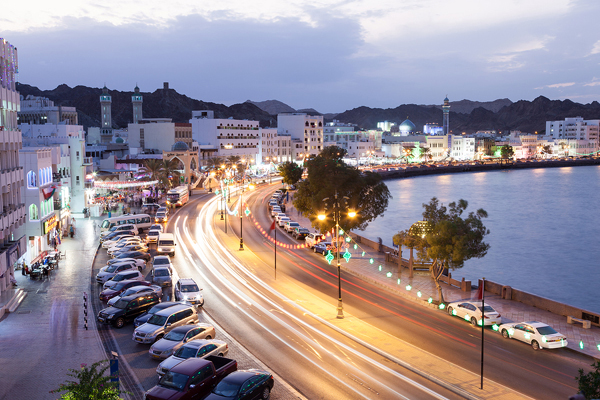Oman set for fiscal surplus, 4.3% growth: IMF

COMMERCIAL NEWS
High oil prices, continued fiscal consolidation and determined implementation of structural reforms in Oman are expected to generate fiscal surpluses and higher growth, an International Monetary Fund (IMF) mission report said.
The IMF mission, led by Daniel Kanda, conducted discussions in Muscat for the 2022 Article IV Consultation for Oman from September 20 to October 4. At the conclusion of the mission, Kanda issued a statement that said Oman’s economic recovery is gaining traction.
"Strong vaccination efforts have allowed for the relaxation of all social distancing restrictions. Overall GDP growth rebounded from -3.2 percent in 2020 to 3 percent in 2021, and is projected at 4.3 percent in 2022, supported by increased hydrocarbon production and continued recovery of non-hydrocarbon economic activity," the statement said.
CPI inflation has been contained thus far, partly reflecting administered prices and caps on selected fuel prices. Rebounding economic activity and elevated global inflationary pressures are expected to push up average inflation to 3 percent in 2022 given the relatively high dependence on imports and large weight of tradable items in the CPI basket. Direct spillovers on the Omani economy from the war in Ukraine have been limited, it said.
High oil prices and fiscal consolidation under the authorities’ Medium-Term Fiscal Plan (MTFP), have improved fiscal and external balances considerably. The overall central government balance improved by 12.8 percentage points of GDP to a deficit of 3.2 percent in 2021, largely due to higher hydrocarbon revenue, expenditure restraint, and the introduction of VAT, Kanda noted.
Fiscal and external surpluses are expected in 2022 and over the medium term. Central government debt declined to 62.9 percent of GDP in 2021 and it is expected to decline to about 44 percent of GDP in 2022. Steadfast implementation of MTFP and further strengthening fiscal frameworks would reinforce fiscal sustainability, the statement said.
“Benefiting from prudent oversight of the Central Bank of Oman and strong buffers, the banking system has weathered the recent shocks relatively well. Financial soundness indicators appear healthy, benefiting from the strong buffers before entering the crisis. However, private sector credit growth has remained subdued. Financial system risks are low, but close monitoring of banks’ asset quality remains important.”
“The authorities continue to press forward with a broad array of structural reforms under Oman Vision 2040, with the goal to achieve the strong, job-rich, and sustainable private sector-led growth needed to offer opportunities to job seekers and ensure higher living standards for future generations. Key priorities include enhancing labor market flexibility, boosting female employment, improving the business environment, advancing SOE reforms, leveraging digitalization, and continuing the implementation of green initiatives,” said the statement.
“Uncertainties continue to cloud the outlook, with downside risks, notably from global sources, dominating in the short run. On the upside, the outlook could be bolstered by higher-than-expected hydrocarbon windfalls, accelerated implementation of structural reforms under Vision 2040, and the realization of investment projects from regional partners. On the downside, risks stem particularly from uncertainty about the war in Ukraine and its impact on the global economy and oil prices, a renewed flare-up of Covid-19 infections, tighter-than-expected global financial conditions, increased inflationary pressures from higher global food and energy prices, more persistent disruption in global supply chains, pressures to spend the hydrocarbon windfalls, and climate-related events.” -TradeArabia News Service
